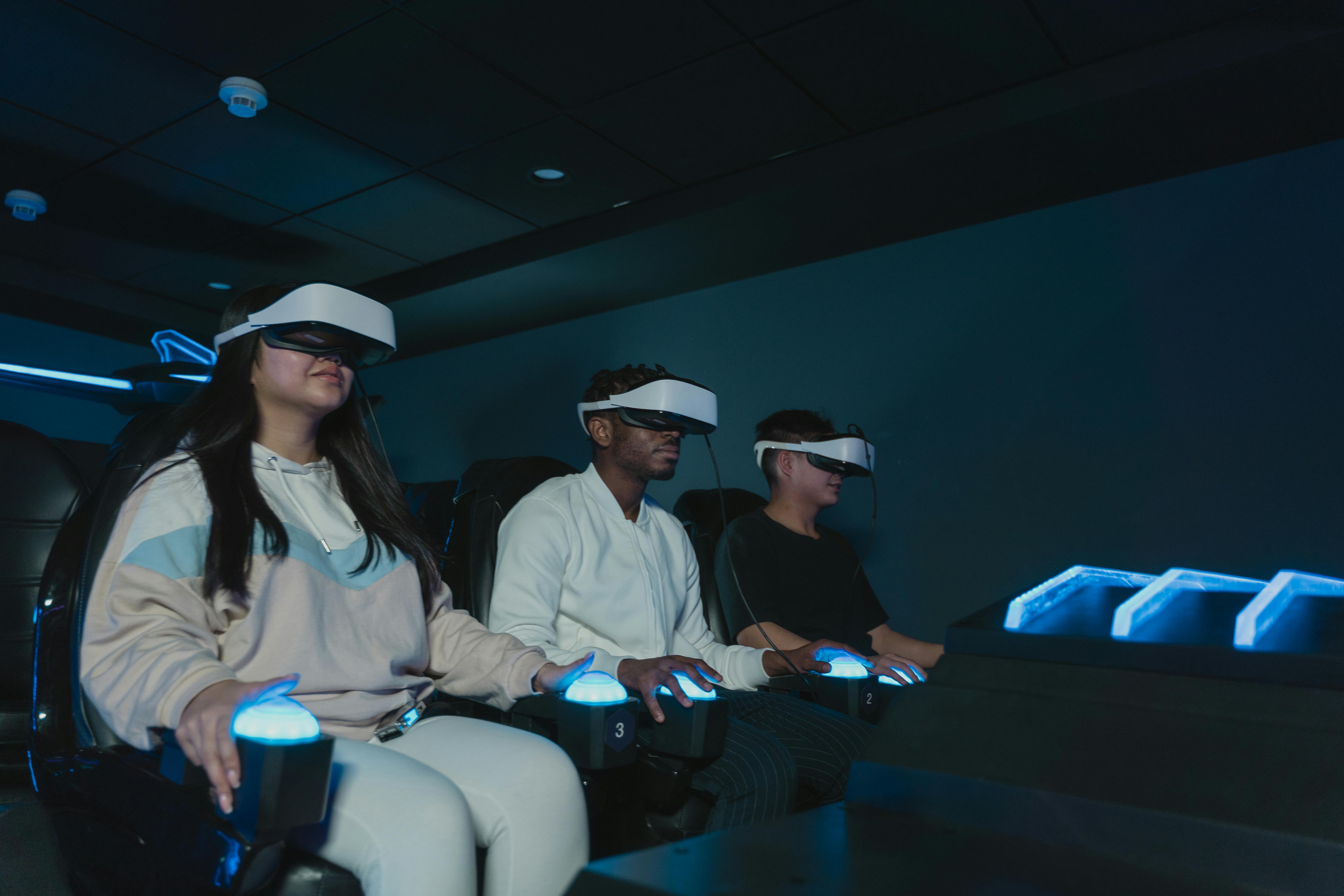Other alternatives for obtaining thermal images

Originally, Thermal Imaging (TI) technology was developed for military use, the technology provided the ability to see and target opposing forces at night or on a smoke-covered battlefield. This is accomplished because all objects have a temperature and emit energy waves called infrared radiation, which is why hot objects produce more energy than cold objects. Thermal imaging cameras interpret these energy waves into a “heat image”, warmer images are shown in white while cooler images are shown in black. We can compare IT with the human eye since both are receptors, the eye receives “visible light” while the thermal imager receives infrared radiation. Both the Imager and the human eye cannot see through most materials, however the Imager has the advantage of detecting different temperatures of structures, such as “seeing” a stud behind drywall. Today, thermography has expanded its use to firefighters, industrial applications, security, transportation, law enforcement, and many other industries.
Equipped with an IT, firefighters would no longer have to search each and every room to find an unconscious victim, in this case the victim would be represented as black while the fire would be white. Firefighters would also have the ability to detect hot spots within a structure, detect a disoriented adult or child lost in the woods, or someone who was ejected from a vehicle accident. Power company linemen can spot trouble spots before a power outage occurs. Industries can troubleshoot engines to prevent overheating. Doctors and veterinarians use technology to measure the temperature in humans and warm-blooded animals. Construction personnel have the ability to view heat leaks to improve heating and cooling efficiency. Boats, personal watercraft, and swimmers will contrast sharply with the water or shoreline, making them easier to locate, even in foggy conditions; however, a disadvantage of the TI is that it cannot see submerged objects or humans. Hunters can use them to locate their downed game. They are used by home inspectors to detect faults and potential danger areas. By scanning light switches and wall sockets, a thermal imaging camera can detect and prevent structural fire hazard within your home. They can provide a measure of personal safety against animal or human predators.
Through these examples, we can conclude that thermal imaging technology has come a long way since 1994. These imagers can now detect, locate, measure, and provide security. It is no longer just a military requirement, hunters, law enforcement, firefighters, industries, and even everyday homeowners can and should benefit from thermal imaging cameras.